The tiger loaches (Syncrossus) were previously assigned to the genus Botia. There are currently 6 recognized species of these magnificent loaches, which are distinguished by their special pointed heads, but their identification is often uncertain and questionable, as species distinctions are usually based solely on colour characteristics. Unfortunately, these color characteristics are not always constant and change depending on the mood as well as in the course of individual growth.
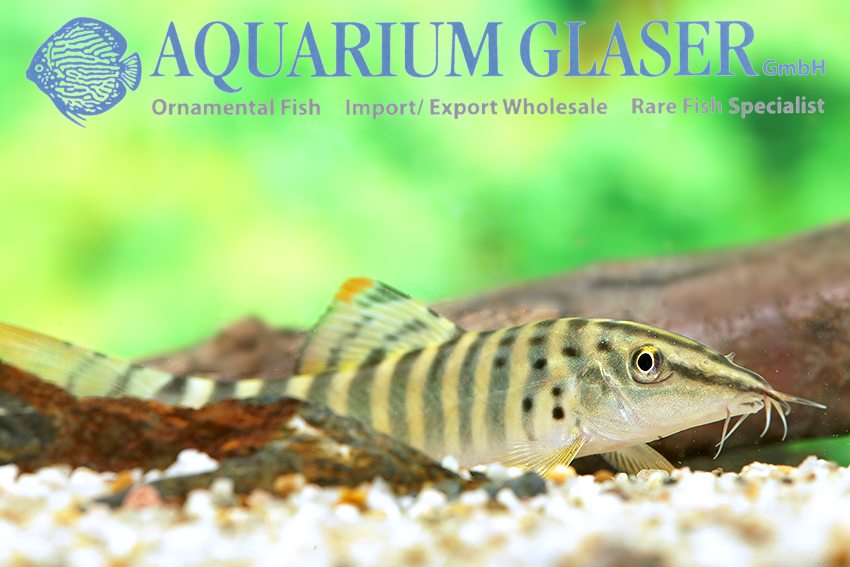
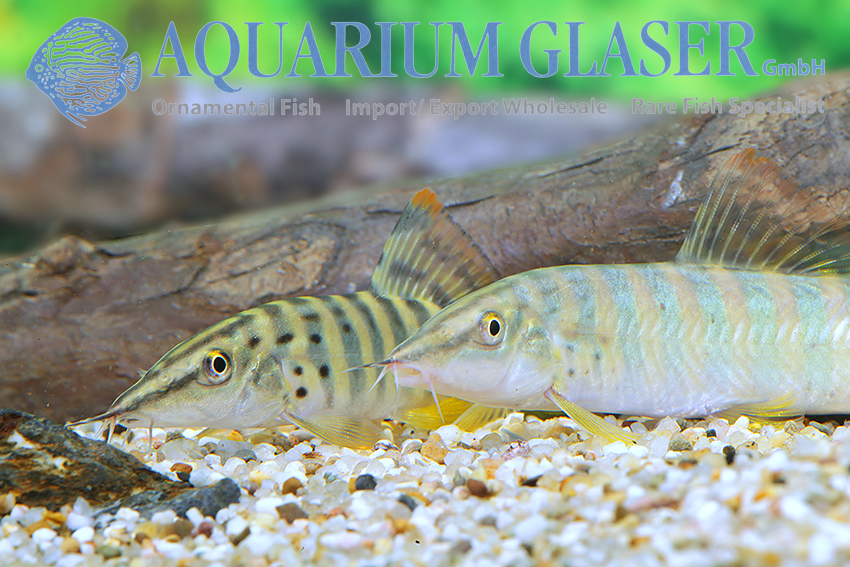
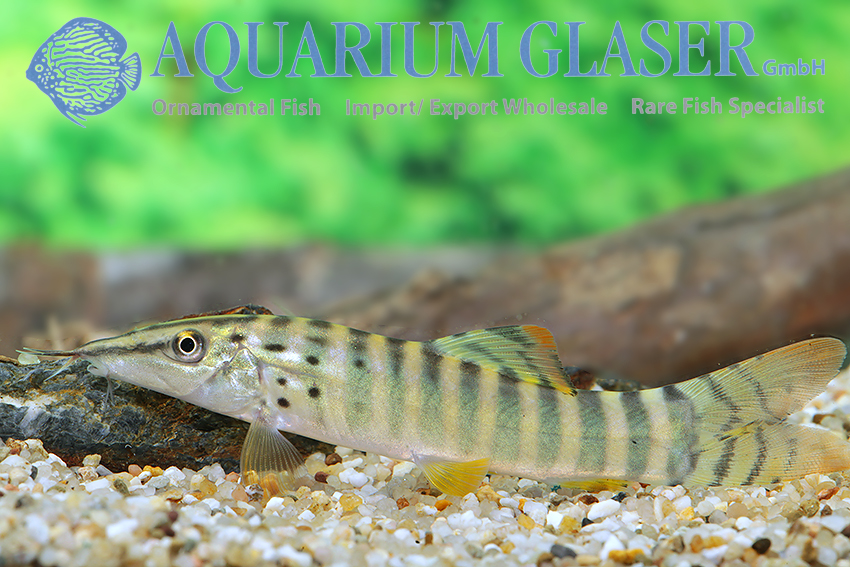
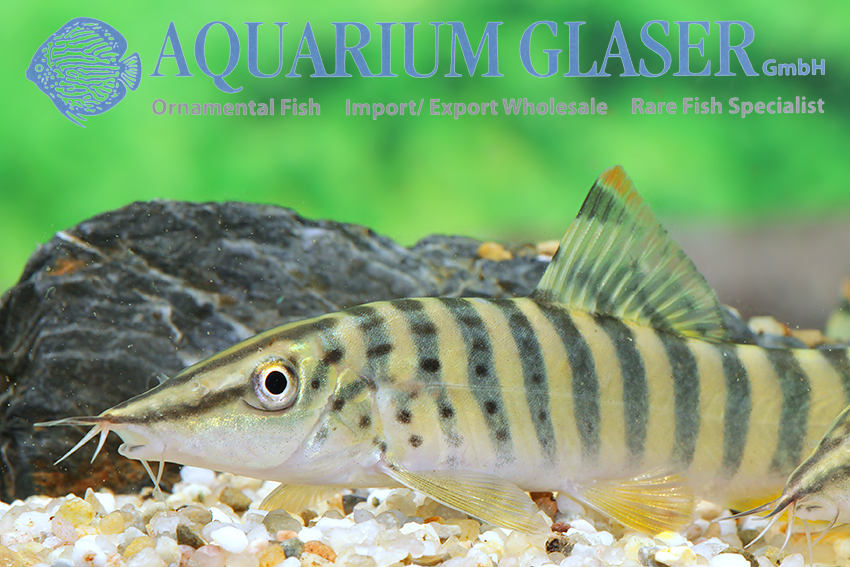
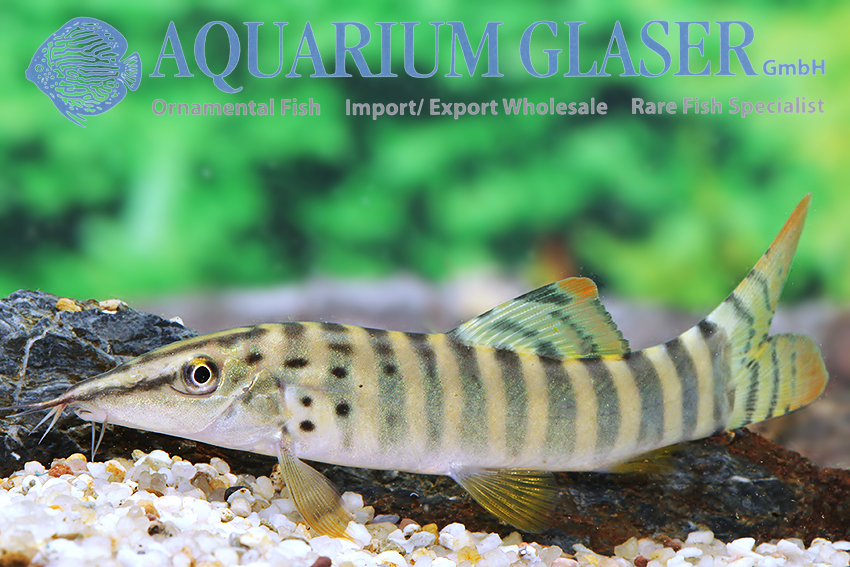
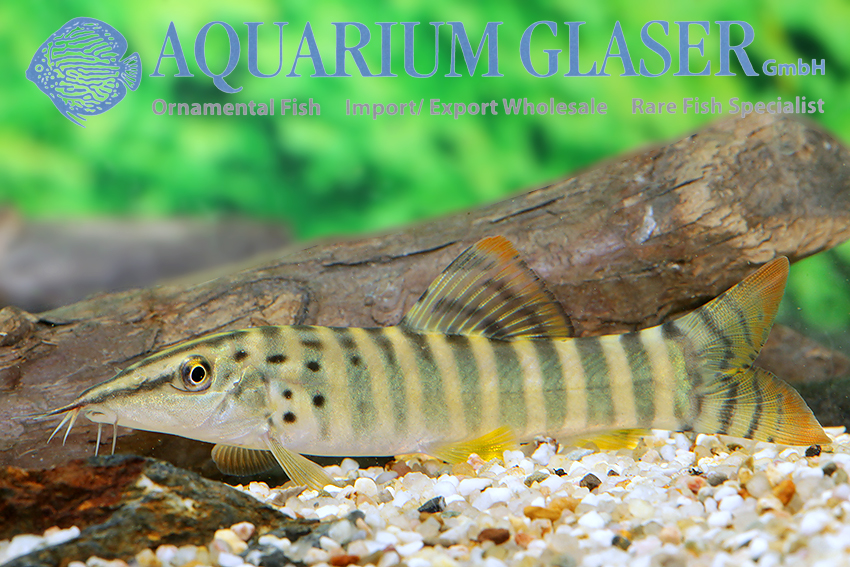
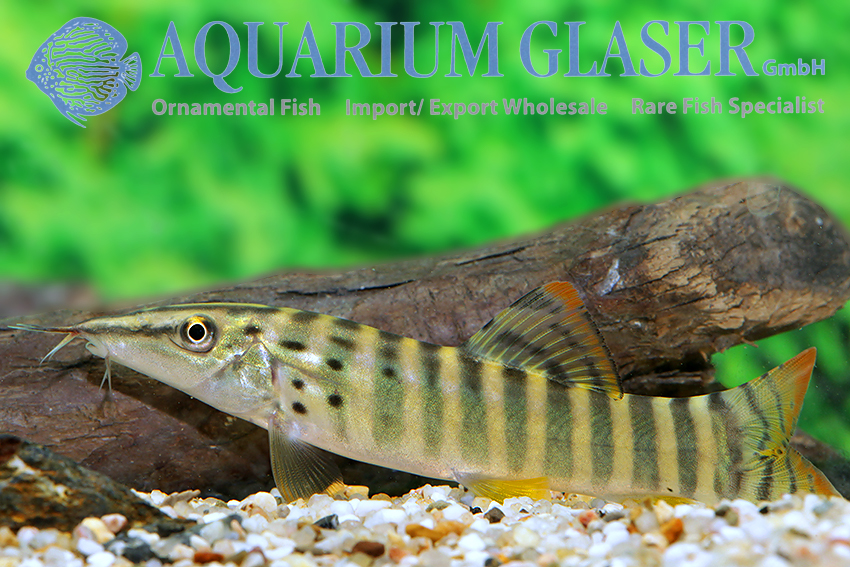
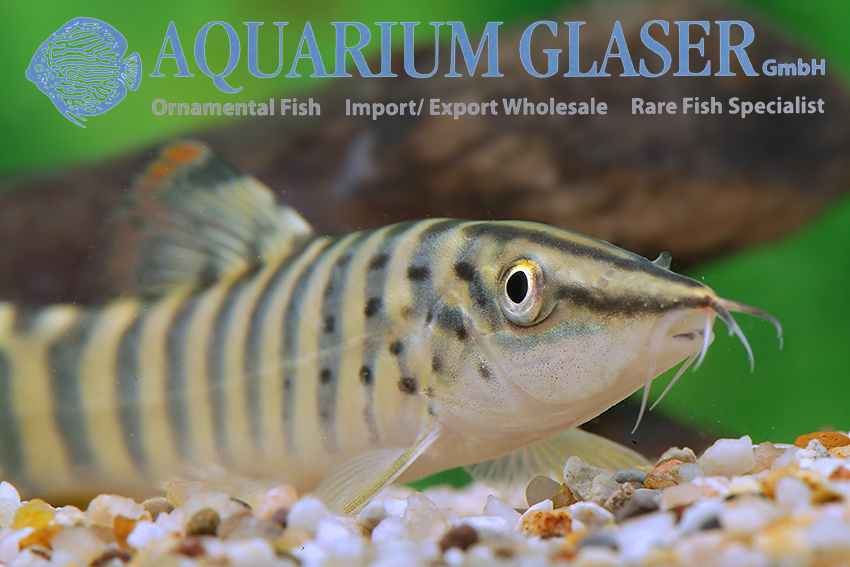
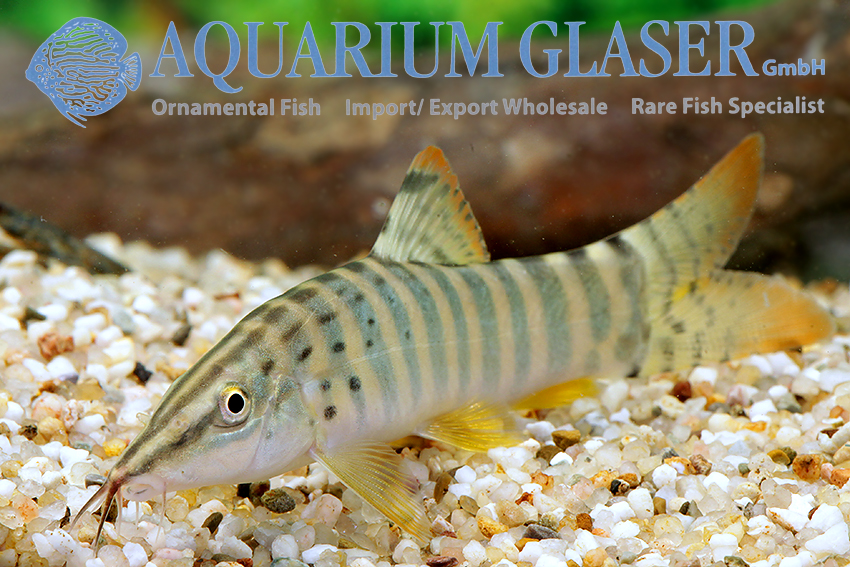
We can currently offer very beautiful Syncrossus from Thailand, which are most probably S. helodes. The very closely related and almost identically marked species S. berdmorei has dotted fins (striped in B. helodes), the species S. lucasbahi, S. beauforti (and S. formosa, which is usually seen as a synonym of S. lucasbahi) have many dots on the body instead of vertical stripes. S. hymenophysa is also very similar to S. helodes, although the stripes are different (see https://www.aquariumglaser.de/en/fisharchive/syncrossus-hymenophysa-botia-h-2/). Due to numerous confusions in the scientific and hobby literature, the distribution of the species is not entirely clear, S. hymenophysa probably colonizes Indonesia and the Malay Peninsula, S. berdmorei parts of India and Burma, the other species are widespread on the Southeast Asian mainland (Thailand, Vietnam, Cambodia, Laos, southern China).
Ultimately, however, it is not very important which species you buy, as they do not differ in terms of care requirements. Only in the case of any breeding attempts (which have obviously not yet been made in private ownership, but in Indonesia such animals are bred, see: https://www.aquariumglaser.de/en/07-carp-like-fishes-1-loaches/new_tiger_loaches_from_indonesia_en/) you must be careful that you only use specimens of the same species/population. All tiger loaches grow to a relatively large size, you have to reckon with 15 cm, some literature even speaks of 20-25 cm. However, we have never seen such giants. All tiger loaches can be nasty to each other and to other fish. This is due to their unusually large urge to play and their intrusive curiosity. They are probably – by fish standards! – quite intelligent animals. The best way to counteract the undesirable characteristics of tiger loaches is to keep them in as large a social group as possible (8-15 specimens) in highly structured aquaria. Only robust species that are insensitive to disturbance are suitable as non-tiger loaches. The chemical composition of the water is irrelevant for maintenance, the temperature can be in the range 22-28°C, occasionally it can be a few degrees higher or lower. They will eat any commercially available ornamental fish food, plant food only plays a very subordinate role for these fish.
For our customers: B. helodes has code 400602 on our stock list. Please note that we only supply the wholesale trade.
Text & photos: Frank Schäfer




